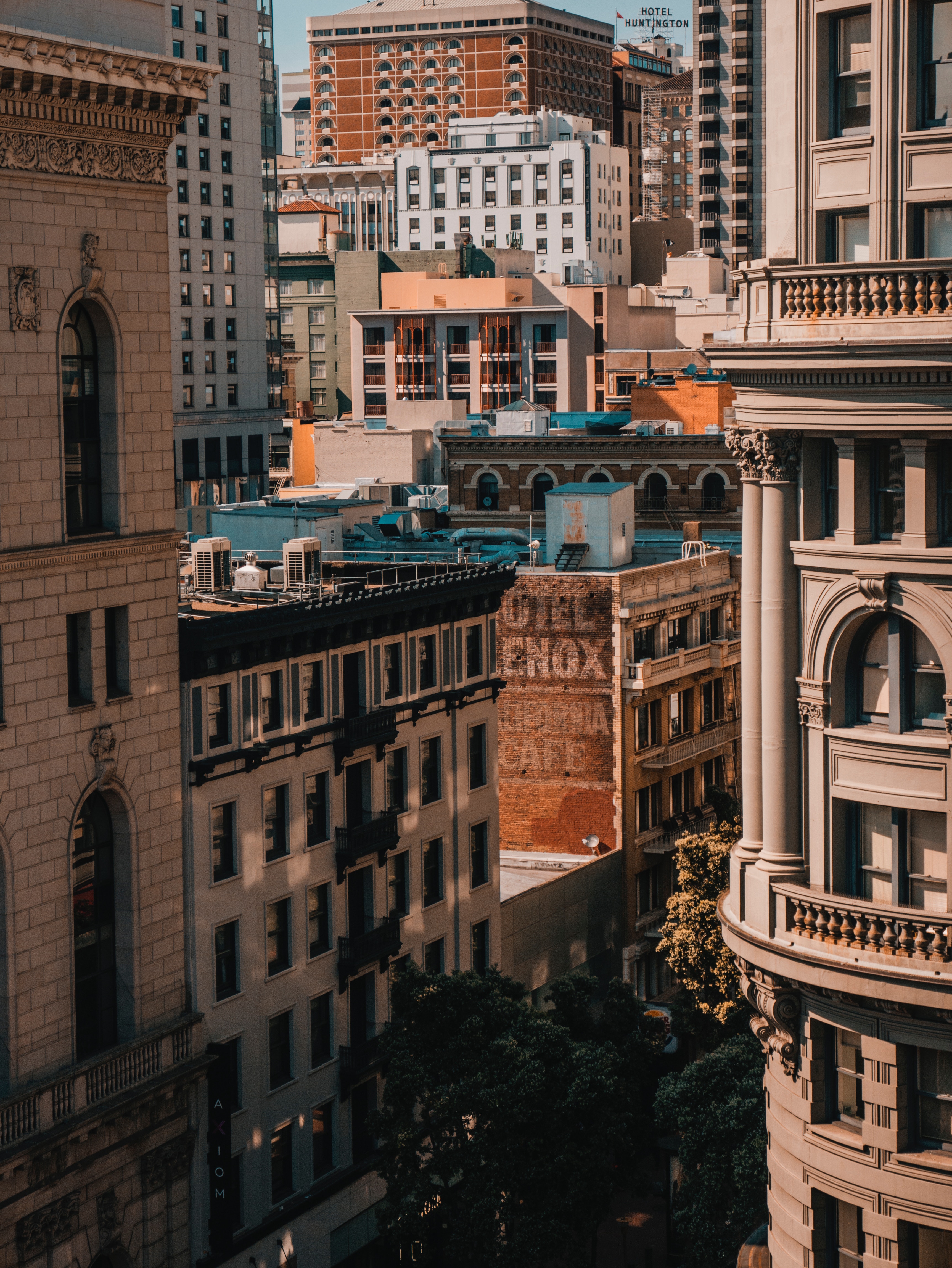What City Observatory did this week
California’s next step in fighting global warming is building more apartments near transit. California has been a leader in climate change policy, being one of the first states to execute a cap-and-trade system for carbon emissions. In a guest commentary for City Observatory, Environment California’s Dan Jacobson draws a sharp line connecting housing and climate issues. Transportation is now the largest source of carbon emissions in California (and in most cities). And transportation emissions are driven by sprawling development patterns. The most effective way to reduce driving and transportation emissions is to enable more people to live closer to the center of urban areas, in places that are, and can efficiently be served by transit. That makes it imperative from an environmental perspective that the Golden State adopt a measure along the lines of SB 827, which makes it much easier to build apartments in dense, transit served areas.
Must read
1. Michael Lewyn has come to the realization that when it comes to land use, the only solution will be radical–and not local. Writing at Planetizen, he observes that no amount of well-meaning neighborhood intent will overcome the strong incentives not to be the only neighborhood that allows more density or the construction of affordable housing. The only way to break up this game is for higher units of government to intervene and pre-empt the local veto. As we’ve pointed out at City Observatory, zoning is caught in a perpetual prisoner’s dilemma, where individual neighborhoods and cities have overpowering incentives to take actions (restricting housing) that collectively produce worse outcomes (shortages, higher housing costs).
2. Why most efforts to control traffic don’t work, and what we can do instead. In a commentary at Greater Greater Washington, Bryan Barnet Woods examines our usual responses to traffic congestion. Cities try to minimize the local impact of traffic by limiting development and requiring parking. These measures actually increase car reliance, expand the scope of sprawl and generate more driving and congestion, which we end up trying to fix with added road capacity. We repeat this Sisyphean cycle and wonder why traffic doesn’t get better. Instead, Woods argues, reducing congestion will require use to pursue four other strategies: Invest in more cycling, walking and transit infrastructure, price roadways, build dense, mixed-use transit served neighborhoods and prioritize people over vehicles. This is a nice, succinct statement of the nature of the urban transportation problem and the outlines of its solution.
3. A song about induced demand. (Actually, a must watch, rather than a must read). You can’t have a real protest movement without a great protest song. And now Portland’s anti-freeway-widening movement has its protest song, courtesy of a local folk musician. At the May 9 City Council meeting, Paul Rippey signed up for public testimony, guitar in hand. He used his allotted three minutes to belt out a new composition that’s likely to be our theme song at City Observatory: “The we need to understand is induced demand.”
Bike Portland‘s Jonanthan Maus got a copy of the complete lyrics, which include:
In the 60s we built the interstate. In the 70s and 80s they were working great.
In the 90s and aughts we said, “Well, let’s add another lane.” And, now by god, they want to do it again.
But it should be clear the system is broken and adding more lanes is just a futile token.Because the thing we need to understand is induced demand.
OK, transportation advocates from other musical genres, the the musical ball is in your court. Will someone please write a country/western ballad about being stuck on the Katy Freeway? Or get Don Shoup to rap about parking requirements?
In the news
Willamette Week quoted City Observatory’s Joe Cortright in an article on one candidate for Portland’s City Council reversing her position that the city ought to impose a moratorium on luxury housing.



